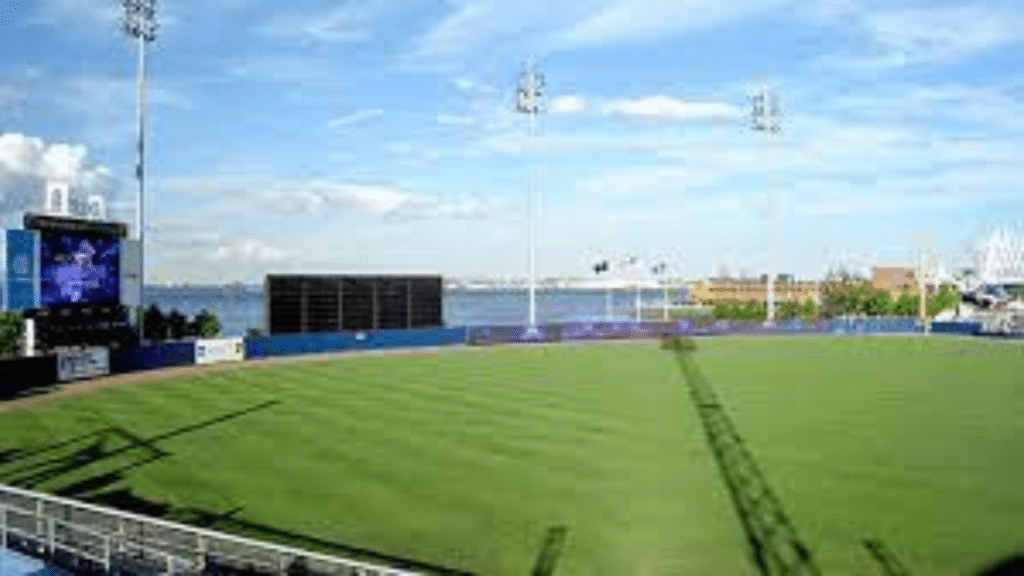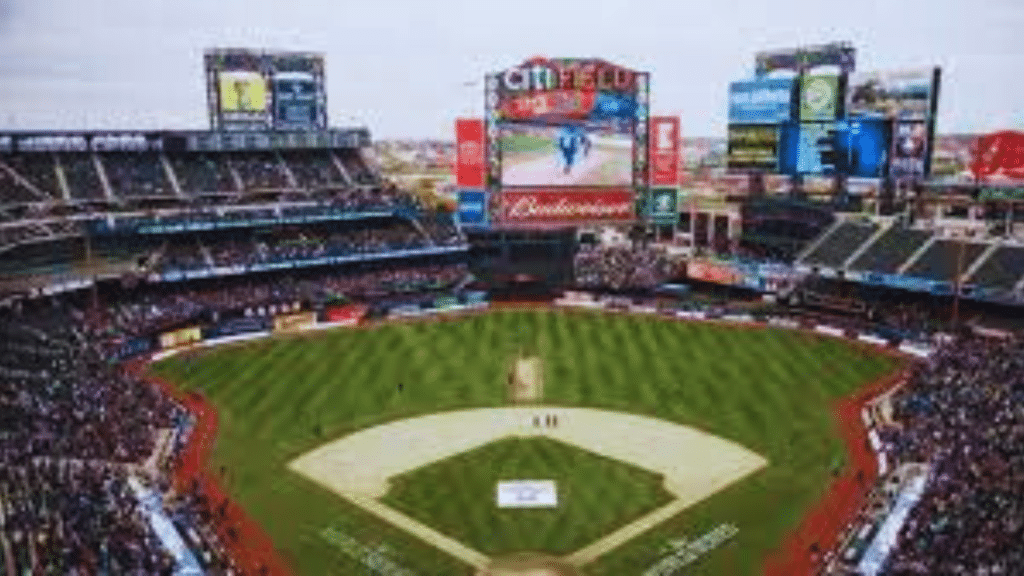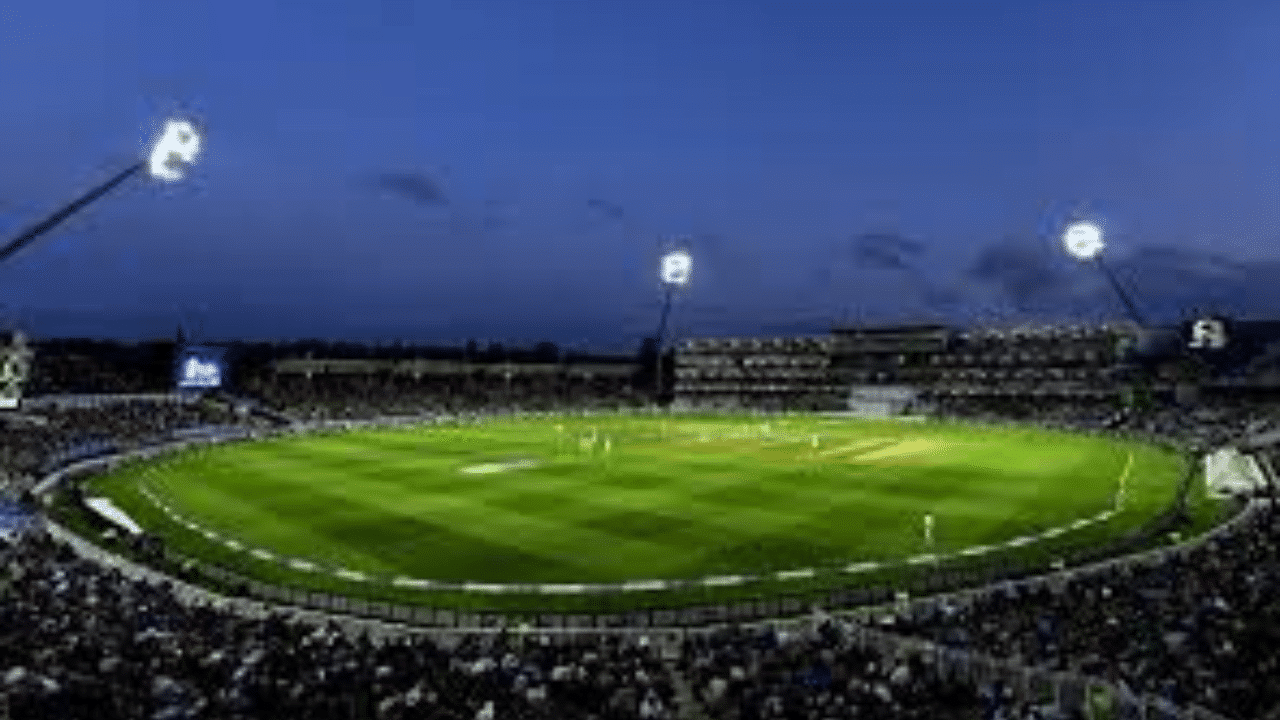New York City’s Revolutionary

The Adams administration sought to build a 34,000-seat stadium in Van Cortlandt Park in the Bronx, but the proposal was opposed since it would have converted a public area into a venue for a private event.
The International Crihttps://www.icc-cricket.com/homepagecket Council’s disputed plan to construct a temporary, 34,000-seat stadium in a Bronx park is dead as a result of vehement opposition from local elected leaders and several amateur cricket players. The controversial idea was supported by Mayor Eric Adams.
The ICC Men’s T20 World Cup was scheduled to take place in part at the stadium in June. Instead, Eisenhower Park in Nassau County, Long Island, will be the site of the new arena.
The outcome is a setback for Mr. Adams, who has made boosting New York City’s sports economy a priority for his economic strategy and supported the effort, even organizing a protest in City Hall.
An Adams administration official and a draft news release that The New York Times reviewed both corroborated the information. The International Cricket Council made the official announcement on Wednesday morning.
Amaris Cockfield, a spokesman for Mr. Adams, congratulated Nassau County on its selection and said that New York City “put forward a competitive bid reflective of the diversity of our city and the numerous immigrant communities who call it home.”
According to Ms. Cockfield, City Hall eagerly anticipated greeting tournament participants at the hotels, eateries, and “other attractions that make New York City the best destination for major events.”
According to a timeline provided by the city and the International Cricket Council, the plan to construct a modular cricket stadium in Van Cortlandt Park on top of the largest expanse of cricket pitches in the city was discussed with the mayor’s office in March. The stadium was supposed to hold as many people as Fenway Park.
The mayor instantly agreed with the suggestion. Additionally, it infuriated visitors to Van Cortlandt Park and sparked conflict among cricket players.
Despite the plan’s early 2024 construction start date, few details were provided regarding the auction itself. The Cric“Thursday Thrills: Predicting the Winner in 49ers The San Francisco- New York Giants NFL Clash”ket Council would require the park for at least six months, and some detractors feared considerably longer, it became evident.

Councilman Eric Dinowitz, who represents the region, stated on Wednesday, “I am thrilled that our coalition of elected and community leaders was successful in protecting Van Cortlandt Park.” “Without community input, a private organization would have permanently blocked access to our public park while causing incalculable harm to our park,” the statement reads.
The multiday event, according to the government, may generate $150 million in economic activity for New York City and thousands of employment.
For months, park defenders protested the transfer of public property to a private party and warned of potential legal implications.
According to Adam Ganser, executive director of New Yorkers for Parks, “Parkland in New York City is meant to be free and accessible for everyone.” “This proposal was unprecedented and problematic right out of the gate as a paid private venue occupying parkland for nearly a year.”
The cricketers were split. Others scoffed at the thought of a modular stadium replacing the cricket fields in the middle of the season, while some applauded the concept.
A well-known environmental attorney claimed that the city’s plan amounted to an illegal seizure of public land for private uses and that state legislative action would be necessary to make it legitimate.
Representative Ritchie Torres was one of the local political figures who supported it.
This month, Mr. Torres declared, “Van Cortlandt Park does not belong to those in political power; it belongs to the people. “The state legislature must be consulted if the city government wants to revoke the public trust for Van Cortlandt Park.”
The Cricket Council contacted Bruce Blakeman, the executive of Nassau County, around 60 days ago to see whether he could be interested in hosting the tournament.
In a Tuesday interview, Mr. Blakeman claimed, “I answered ‘Of course. “Here in Nassau County, we’re used to hosting significant events. There are many cricket lovers here.
Next year, Nassau County will split hosting duties with the following two cities: According to the draft release, Grand Prairie, Texas, and Broward County, Florida.
The New York City Cricket Fever
Due to its widespread appeal, cricket has a devoted following in New York City. A particular place in the hearts of many immigrants and aficionados living in the city has allowed the sport to transcend its traditional strongholds. With the city’s rich sports culture, there had been a growing need for a stadium specifically designed for cricket.
Making a case for a residence: The necessity of a cricket stadium
There was a real demand for a cricket stadium in New York City, hence the excitement. Communities and local cricket leagues had been playing on temporary grounds while dealing with a variety of logistical issues. A specialized facility promised to promote the sport and provide the city with the chance to hold international competitions.
Bold Effort by New York City
Officials in New York City launched a passionate effort to establish a cricket stadium within the city’s boundaries after realizing the potential economic and cultural benefits. They gave strong arguments in favor of their proposal, pointing to the city’s multiculturalism, its extensive population of cricket fans, and its rich cricket heritage. Together with cricket organisations and international organizations, they made a compelling argument in favor of the stadium.
Long Island’s Interjection: The Odd Turn
Long Island entered the competition amidst the enthusiasm of New York City by announcing plans for a major cricket stadium. This unanticipated action made the already complex bid even more complex. The island’s officials made a strategic pitch that included favorable logistical support and a lot of available land.
The Obstacles and Debates
There were challenges and controversy during the bid process for the cricket stadium. The practicality of the proposed stadium in New York City was questioned due to community opposition, logistical difficulties, and financial concerns. The decision-making process was further complicated by lobbying activities and varying perspectives.

The Result: Long Island’s Victory
In an unexpected turn of events, Long Island won the competition for the cricket stadium. Practicality, cost effectiveness, and the prospect of a cutting-edge facility were some of the elements that played a role in the choice. The abundance of space on Long Island and the island’s welcoming people were key factors in their success.
Conclusion: A Fresh Start
Although New York City’s bid may not have succeeded, the local cricket community is optimistic about the future. With a dedicated cricket facility, Long Island’s victory will promote the sport’s growth and improve the city’s sporting facilities. Although problematic, the tour prepares the ground for a fresh start in New York’s cricketing scene.

